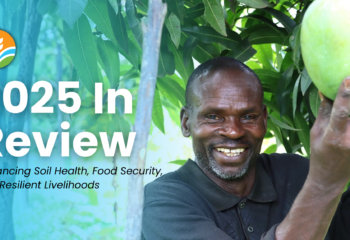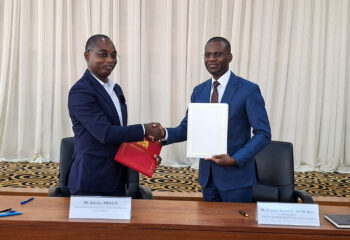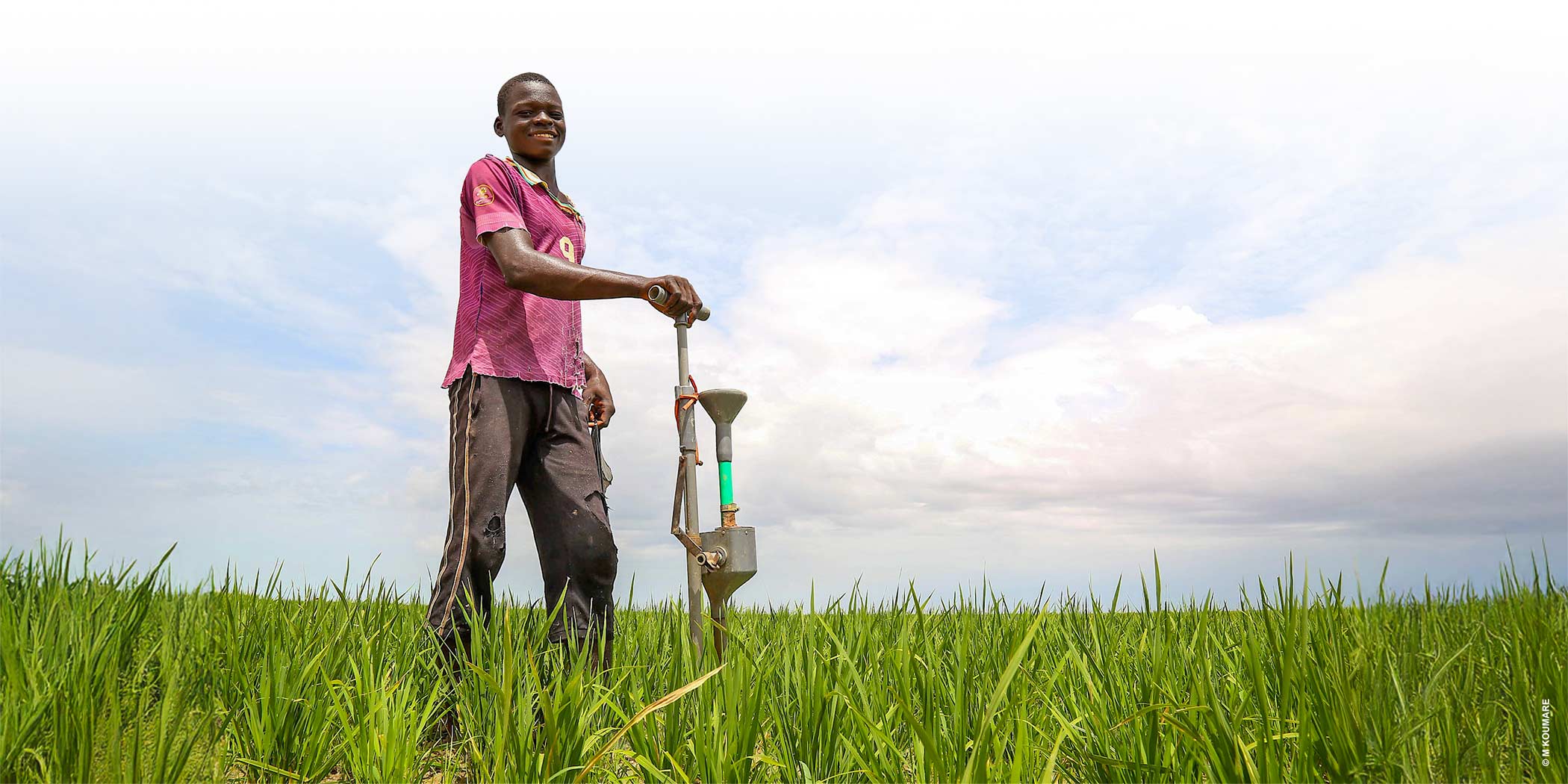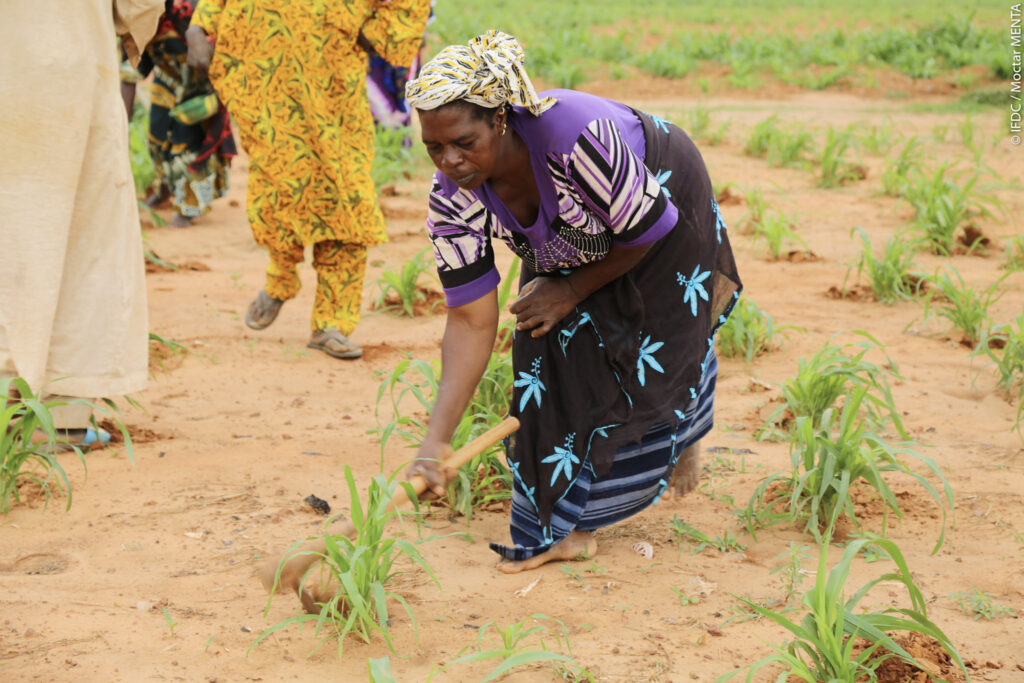
Building on the Millenium Development Goals – many of which saw considerable success, the United Nations launched the Sustainable Development Goals (SDGs) as a series of universally agreed-upon goals for the welfare of people and the planet.
Of these, SDG 1- No Poverty is a critical goal since it is intricately tied to other goals– No Hunger, Good Health and Wellbeing, Quality Education, Climate Action, Life on Land among others. However, despite decades of progress, poverty continues to be unacceptably high.
Worryingly, efforts to reduce poverty have slowed down and, in some cases, even been reversed in recent times. Sub-Saharan Africa is expected to house a large proportion of the world’s poor in the coming years.
Evidently, there is a fundamental aspect of poverty alleviation that is not receiving the attention it deserves. Over 78% of the world’s poor are engaged in some form of agricultural activity and 85% of the farmers globally are smallholder farmers, working on unremunerative, small plots of land.
Therefore, our theory of change is that: If a farm’s soil health is improved, then plant nutrition and crop productivity will increase, resulting in higher incomes for farmers.
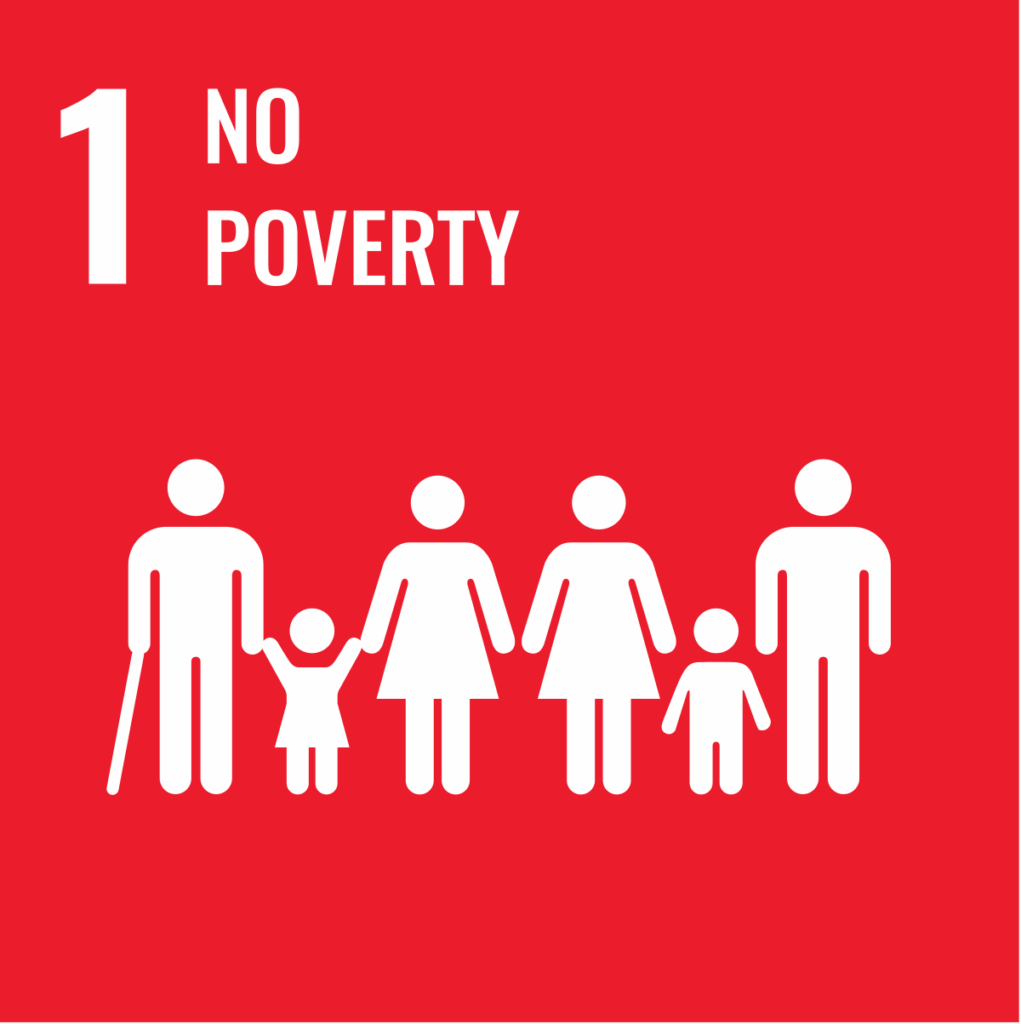
This paper, written by Dr. Caroline Kundu Agamala, Senior Soil Scientist, and Vinay Menon, Business Development Atlas Corps Fellow, seeks to elaborate on this theory of change and build the case for improving soil health.
The paper is organized as follows. We begin with an overview of SDG 1: No Poverty. To trace the relationship between soil health and poverty, we then explore the first of two pathways – the impact of soil health on agricultural productivity, which in turns affects economic wealth and poverty status.
A further review of the potential for agriculture to reduce poverty compared to other economic sectors is then presented. To fully establish the relationship between soil health and poverty, we consider the evidence of higher soil degradation and spatial distribution of poverty.
Next, the second pathway – from agricultural productivity to reduced poverty – is considered, followed by an analysis of the factors that affect the relationship between soil health and potential future poverty. Finally, we express the need for enabling policies to promote soil health and achieve SDG 1.
This paper is intended to build on global evidence and insights to help inform the global conversation on SDGs as part of the SOIL + initiative. In an era where sustainable land management, soil health, and food security are central to achieving long-term resilience and prosperity, aligning agricultural development with the SDGs is both urgent and necessary.


